Belgian Malinois also known as the ‘Mals’ are increasingly growing in demand. People love these strong, magnificent dogs for their strength and loyalty towards their masters.
Belgian Malinois dogs are more elegant than bulky, the kind that is built for hard work.
Male Belgian Malinois are stronger and sturdier than their female counterparts, who are more feminine and have slender features.
Mals in their truest essence are farm dogs but through the intense training and grinding, they make perfect police dogs.
Malinois tend to have a friendly and kind temperament. They are agile, alert, obedient, hardworking and highly protective of their masters.
They form an unbreakable bond with their master and obey their commands. Thus, you need to be a leader to guide them at all times. They shouldn’t be left on their own for too long.
Belgian Malinois are extremely high on energy. If you’re a first-time dog owner, you should consider purchasing/adopting a Malinois only if you can adhere to a highly active routine.
Originally from north Belgium, Malinois came to the United States of America in 1901.
Table of Contents
Belgian Malinois Facts

Avg. Weight: Male (29-35) kgs, Female (25-30) kgs.
Avg. Height: Male (61-66)cm, Female (56-61)cm.
Life Expectancy: 14-16 years.
Dog Group: Herding Group.
Colors: Fawn, Fawn Sable, Mahogany, Red, Red Sable, Black, Brindle, Cream, Cream Sable, Grey, Grey Sable, Liver.
AT A GLANCE
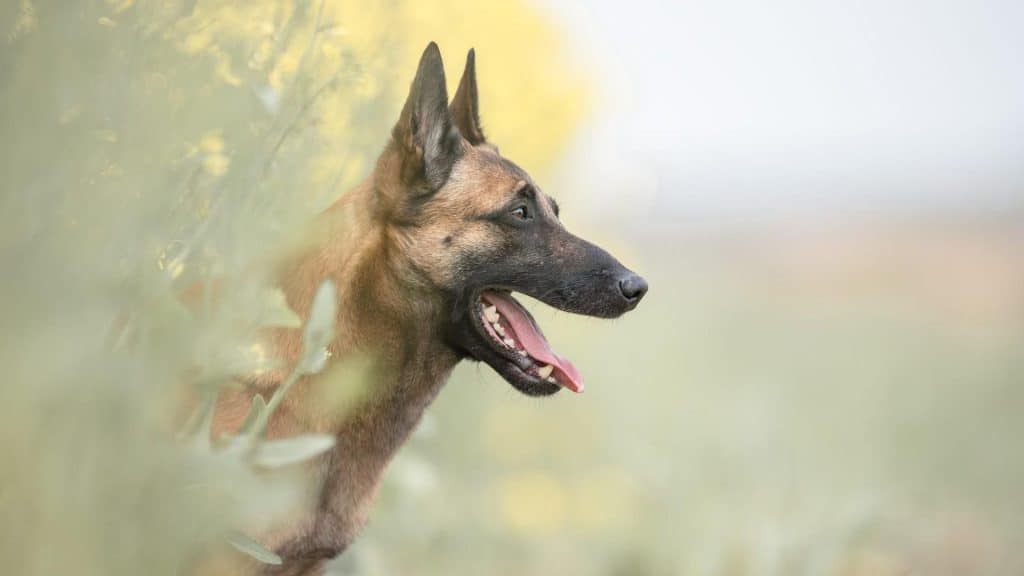
- Size (4/5)
An average size male Belgian Malinois weighs around 29-34 kgs and is 61-66 cm tall.
Whereas, a female Belgian Malinois weighs around 25-30 kgs and is 56-61 cm tall. The females are more slender body wise. The females are lighter and have lady-like attributes.
Malinois are known to be strong and agile but they are not stocky or beefy. Their structure makes them graceful.
They have short, hard to touch, weather-resistant coat that makes helps them fight against weather atrocities.
The coat can be fawn, red, or mahogany in color and can have tips or not.
They have a black nose, flathead, and a pointed muzzle. Their eyes are shaped like lozenges.
- Affection Level (5/5)
Belgian Malinois are friendly, loyal, kind, agile, alert, hardworking and possessive.
Mals tend to develop a very strong bond with their masters, they respect them and are very protective of them.
They are perfect companions and they truly are man’s best friends.
- Apartment Friendly (1/5)
Since the Malinois have been farm dogs earlier, they have astoundingly high levels of energy. If you stay in a bungalow that has a fenced backyard where you can play with your dog, you should get a Malinois.
If you stay in an apartment, you can add a Mal to your family provided you take it out for walks, runs and play with it, so that it’s is active both, mentally and physically.
- Cold Weather Tolerability (4/5)
Mals have something that’s called the double coat. This means that there are two layers of fur on their body, one that is underneath and the other that’s over it.
The layer underneath creates insulation in cold weather, keeping the Malinois warm. It acts as an electric heater.
- Hot weather tolerability (4/5)
Just like the topcoat protects the Belgian Malinois from the cold, it does the same for the heat.
The outer cover keeps the hot air and the sun out of the skin’s reach and it is like a built-in air conditioner for the Malinois.
- Barking Tendencies (2/5)
These elegant looking, agile creatures are strong indeed but quite chatty too.
If you’re someone who likes a quiet and calm breed, Malinois might not be the best match for you. They tend to bark and howl sometimes.
Depending on the situation, the volume of their bark differs. Numerous reasons such as excitement, fear, happiness, alarm, greeting, seeking attention, protection, etc.
- Cat Friendliness (2/5)
Malinois do not get along with cats. Because of their strong prey drive, they are likely to chase cats or other furry animals that are much smaller in size.
However, they might get along with cats if they have been introduced to each other in the Belgian Malinois puppy years.
- Dog Friendliness (2/5)
They have a low tolerance for other dogs, which could be of their breed or not. Malinois are aggressive with unknown dogs and can often get into fights with other dogs.
If you have a bungalow it is advised that you should fence it in order to prevent accidents from happening as it could be harmful to other dogs as well.
- Exercise Needs (5/5)
These square-shaped strong dogs require intense activities for mental and physical stimulation.
They need vigorous amounts of physical activity for their body type, to maintain energy level.
You need to take them on brisk walks or runs even, for about 20-30 mins, three to four times a day to meet the required exercise needs.
If possible, leave your Malinois off the leash and let him run around in the park.
- Grooming Needs (5/5)
Belgian Malinois have a short, dense coat of fur that sheds heavily. It is thick in some areas such as the neck, the tail, and the back of the thighs.
Although easy to manage, the Malinois should be brushed every week to remove the dead hair. It is very important to do this.
Other than that, frequent nail clippings from a professional, bathing and brushing teeth for dental hygiene.
- Playfulness (5/5)
Malinois are highly active and very playful, they are robust and tend to run in circles than in a straight line.
They enjoy playtime with their masters. They are good with children under supervision.
- Trainability (4/5)
This high energy breed is also extremely intelligent. Malinois are obedient and can be trained easily by their masters.
However, if you are an inexperienced owner, training a Malinois can be a hard task for you.
- Intelligence (5/5)
Belgian Malinois are highly intelligent dogs.
They are the smartest police dogs with a great sense of smell and direction. They are one-man dogs and extremely protective of their family.
- Mouthiness (1/5)
Dogs use the means of chewing to explore things.
Malinois are more prone to this activity as they are “prey-driven herding dogs” so they naturally tend to chew and chase small animals.
Malinois do tend to slobber and drool as well, so you might have to get used to the wetness around.
If discouraged in the puppy years from biting family members or inanimate objects, Malinois adhere to that. A firm ‘no’ must be said when your Mal tries to bite you, even whilst playing.
- Price Group (4/5)
A well-bred Belgian Malinois could cost you anywhere around 1000$-2500$.
ABOUT BELGIAN MALINOIS
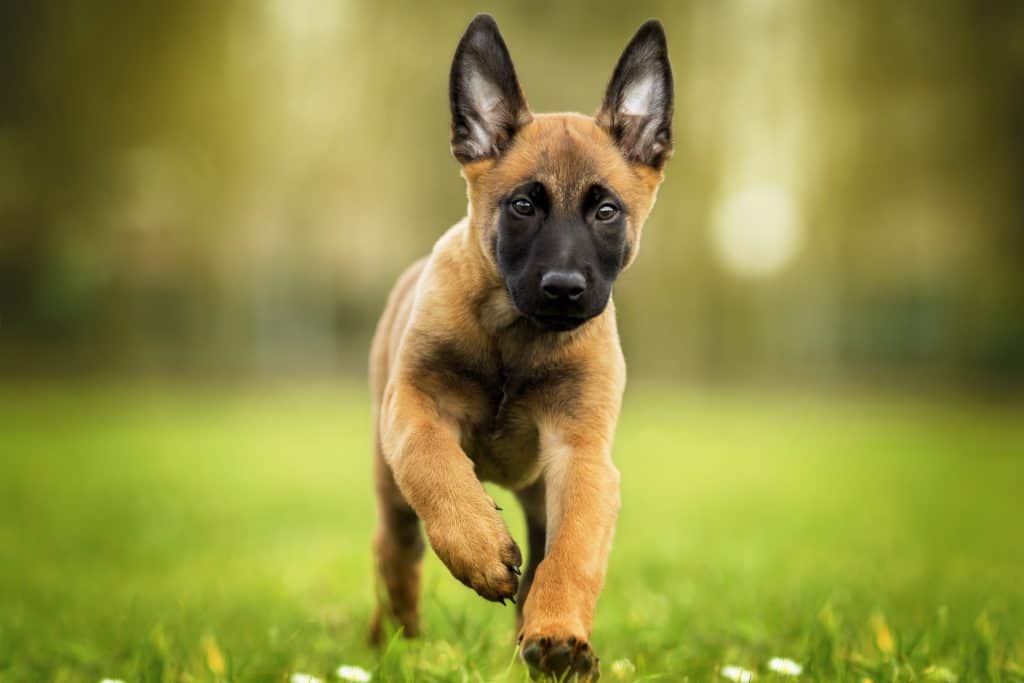
Belgian Malinois come from northern Belgium and were once shepherd dogs. They were used to protect herds and farms against any harmful circumstances.
Just about a few years ago, Malinois came into the police force and were used as guard dogs because of their excellent capabilities.
They are highly energetic, quick and robust which keeps them on the move.
Malinois have a strong built, with a thick double coat that helps them fight the cold and hot weather.
WHERE BELGIAN MALINOIS CAME FROM?
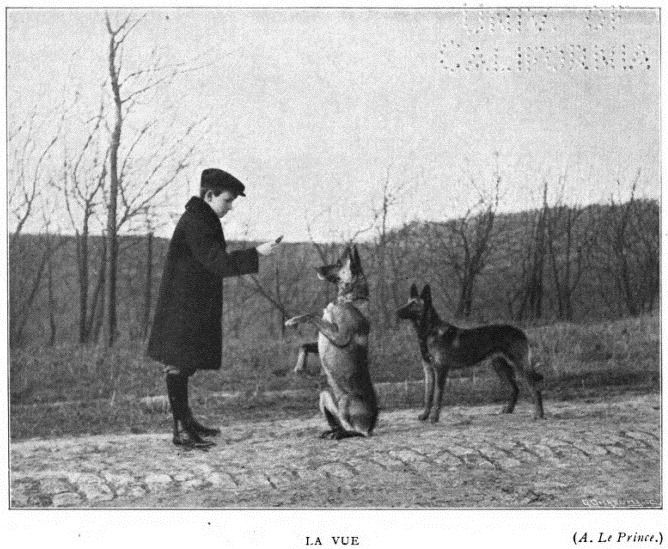
Malinois come from northern Belgium, belonging to one of the four varieties of Belgian Shepherd dogs.
The Malinois are named after the city of Malines, where these dogs were developed by trainers and competitors in the 1800s.
Belgian Malinois came to the United States in the early 1900s and became extremely popular. They were used in World War II as military dogs.
By the 21st century, Mals were seen as working police dogs as they could do various hard tasks such as gas, bomb, and drug detection.
They wear body armors and night vision glasses, which is so cop-like and bad-ass.
BELGIAN MALINOIS SIZE
With a streamlined body, hardy and athletic built, Malinois are very strong and agile.
A male Belgian Malinois weighs 29-34 kilograms and is 61-66 cm tall whereas the female counter-part is 25-30 kilograms heavy and 56-61 cms tall.
TRAINABILITY
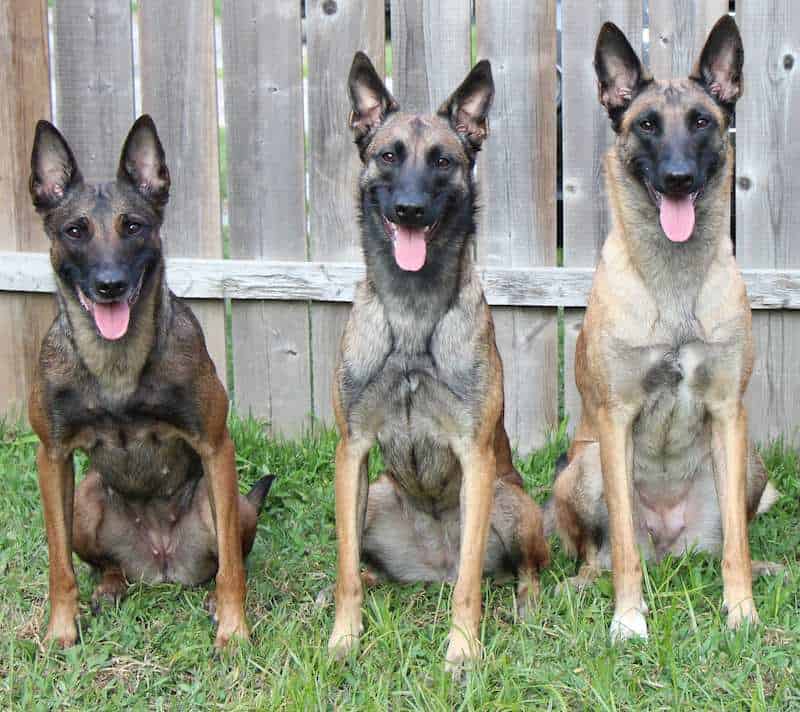
This breed is highly trainable and intelligent. Although they are playful and willful, they function on obedience, learning new tricks and sharpness training.
They require strenuous amounts of physical activity to keep themselves happy and thriving. They do not do well in closed spaces or small apartments; they need spacious accommodation.
If you are trying to train your Malinois, make sure you practice positive training, it is said that bad treatment during training could make the Malinois angry and stubborn in temperament.
If you are a first time Malinois owner, it is advised that you seek a professional or an experienced Malinois owner who can guide you. If you are a beginner, you can our article on 10 Basic Dog Training Commands Your Dog Should Know.
BELGIAN MALINOIS GROOMING
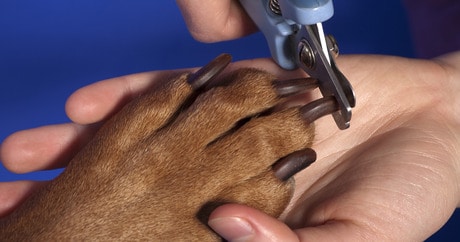
A little more than general care is required when it comes to grooming your Malinois, it is not extremely difficult though.
The dense undercoat needs to be brushed regularly as failing to do so could lead to matting.
The thick, weather-resistant fur-coat that the Malinois have, is known for relatively high shedding, even seasonally, so make sure you are brushing it regularly.
Dental hygiene should also be taken care of by brushing their teeth two to three times a week. This may help prevent any plaque formation, keeping their teeth safe and healthy.
Belgian Malinois also need timely clipping of their nails. But walks on pavements or sidewalks also trims the nails and keeps them in shape so be sure to check whether clipping is required or not.
COMMON DISEASES
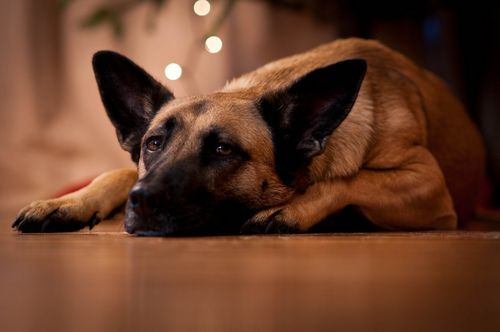
Many diseases occur in the Malinois lifespan which are mostly genetic.
TARGETING THE BONES
- Hip and Elbow Dysplasia
This condition occurs when the bones begin to have abnormal formation sin the hip and elbow socket. This leads to arthritis and should be treated as early as possible.
You might have a reason to worry if your dog is having difficulty in getting up or refuses to go up or down the stairs.
If the Malinois is overweight then it is prone to this disease much higher than a normal weight Malinois. In most cases, surgery is opted for to help the Malinois recover from this unbearable pain.
TARGETING THE EYES
- Cataract
This is a common cause of blindness in Belgian Malinois.
If you notice your Malinois’ eyes becoming cloudier and grey, you should quickly check for cataract formation in your dog’s eyes.
Many Malinois adapt well to the loss of sight. Surgically removing the cataract to restore the sight of your dog is also an option to consider.
- Pannus
This eye defect is considered to be genetic in breeds like the Belgian Malinois, wherein inflammatory cells infiltrate the cornea making it darker when exposed to UV rays. It results in complete blindness.
- Progressive Retinal Atrophy (PRA)
This is a genetic condition but it is also, not curable. This condition results in complete blindness that is unavoidable. It is highly prone to the Belgian Malinois breed.
Early symptoms can be seen such as night-blindness and pupil dilation which generally occur at the age of three.
There are genetic tests available for it.
TARGETING THE NERVOUS SYSTEM
- Epilepsy
Epilepsy is a central nervous system (neurological) disorder that is genetically inherited by Belgian Malinois.
Epileptic seizures can are of three types in dogs:
- Reactive seizures – There are caused by the brain’s reaction to some metabolic problem such as low blood sugar, toxin or an organ failure.
- Secondary seizures – They are a result of brain tumor, damage or trauma.
- Primary seizures – If there are no reasons found for the occurrence of the seizures, they are called primary seizures or Idiopathic seizures.
TARGETING THE BODY
- Thyroid
Thyroid is a health condition in which the Malinois’ body does not produce the thyroid hormone. This is also called hyperthyroidism and it is extremely common in this breed.
Symptoms include dry skin and coat, weight-gain, hair loss, prone to other skin diseases, fearfulness, aggression, etc.
FEEDING
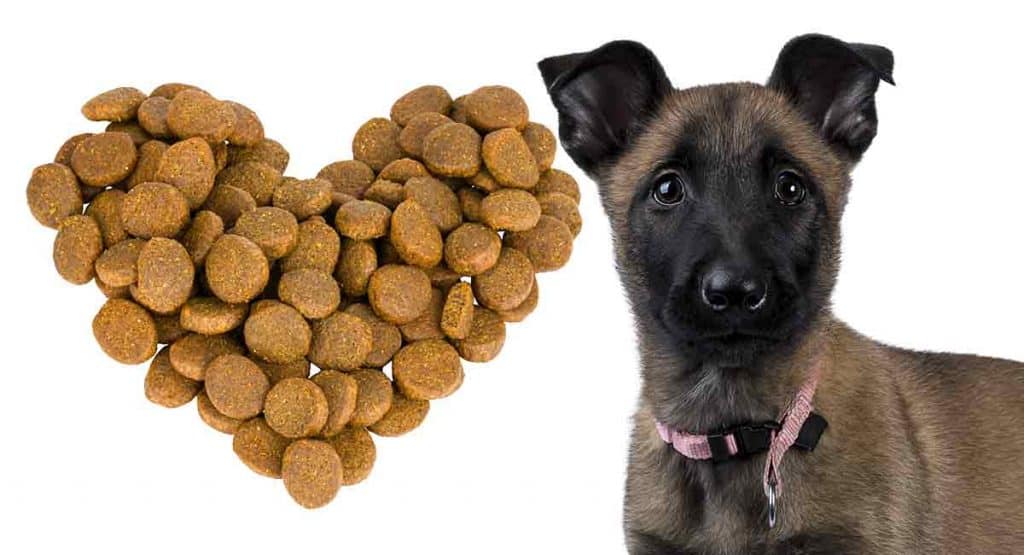
Belgian Malinois need good amount of food to restore their high energy levels because they are such agile and active dogs that they must be fed in generous quantity to keep them up and about.
Densely nutritious foods with proteins and fats are preferred to be served, you need to make sure every calorie is working in favour of your Malinois.
Suggested: Senior Dog Food
Food with no nutritious value or which have empty calories can cause dysfunction in their body.
VACCINATIONS

Time vaccinations of Belgian Malinois need to be done.
In the early years of the Malinois, vaccinations must be given every 6th, 8th, 12th and 16th week respectively.
Injections such as canine parvovirus, canine distemper, leptospirosis, par influenza, corona virus etc.
Deworming of Malinois need to be scheduled every 3 months to prevent diseases from prevailing.
Read our Guide To Dog Vaccination to have a better idea of how to prevent your dog from infections and ailments.
MONTHLY EXPENSES
The average monthly expense of a Belgian Malinois is 200$-250$.
Behavior With:
- Children:
It is important that you research on the temperament of the dog you are going to bring home. If you are extremely protective of your kid and would freak out if your kid is nudged off during play by your Malinois, maybe this breed isn’t for you.
Malinois have a highly prey driven state of mind and hence, they tend to bit or knock off people/creatures smaller than them. They tend to fiddle with their legs and bite at their toes but if discouraged, they won’t do so.
They are good with children if they grow up with them. You should never leave them together unsupervised.
- Cats:
Malinois may or may not get along with cats.
They are extremely prey driven and tend to herd off cats or small furry animals that come in their way or chase them.
They can get along with pet cats if they were raised together.
- Dogs:
Malinois are aggressive with other dogs, they barely get along with any of them.
They do not familiarise with them and thus try to fight them away.
OVERVIEW
Belgian Malinois, pronounced MAL-EE-NAW, is a breed that originated in the north of Belgium, in the 1800s. Malinois are also called Mals and are very popular among Americans and Europeans to this day.
Their agile and strong built makes them good shepherd dogs, but until recent years they have been used as working military dogs and police dogs in law enforcement.
Belgian Malinois have a lean body, with great strength and slender features. They are extremely high on energy and need good amounts of physical activity everyday.
They have a weather-resistant fur coat that sheds, even seasonally, in high amounts. They are good with families and children, but not dogs and cats.
SOMETHING FUN ABOUT BELGIAN MALINOIS!
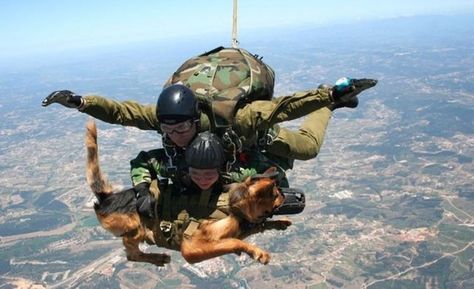
Mals were named after the city of Malines.
They were bred to be herding dogs.
They now work as police dogs in law enforcement and military.
They have worked with Navy Seals and were a part of the operation to take down Osama Bin Laden.
Malinois have a sharp sense of smell through which they can detect drugs, gas and bombs.
Malinois also know how to skydive. Isn’t that cool?
For more information on police dogs, you can check out our video by clicking here.
This was all about Belgian Malinois.
Let us know about your thoughts in our comment section!
Stay with us to know more about dogs and dog breeds.



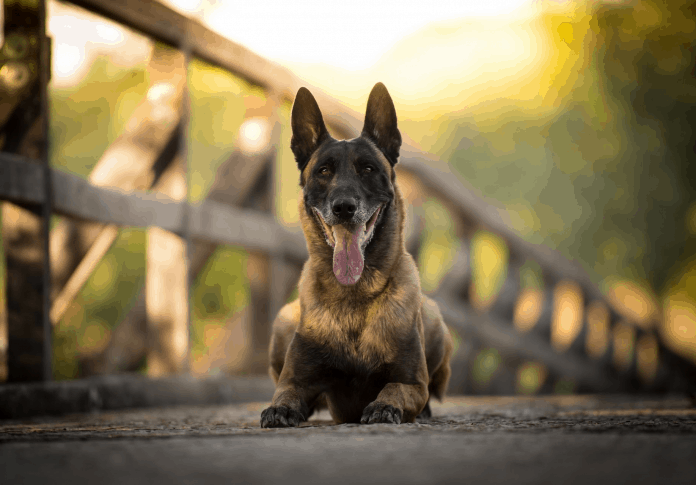









[…] Belgian Malinois, is a similar looking dog with almost same features, but are not suitable for many owners as they are insanely energetic. […]
[…] Belgian Milionis […]
[…] 2. Belgian Malinois […]